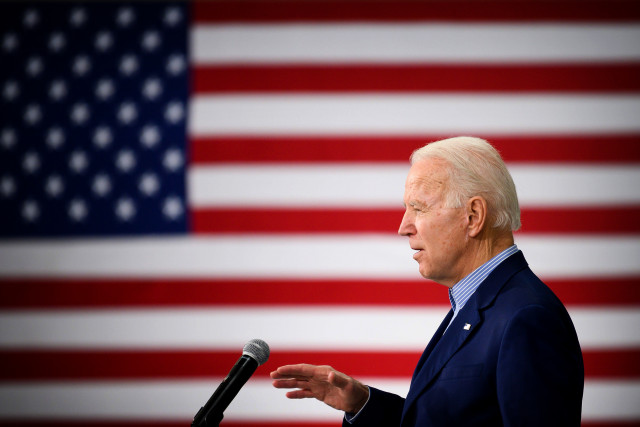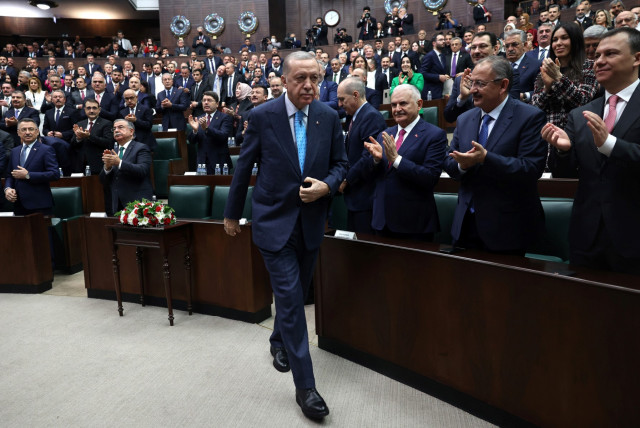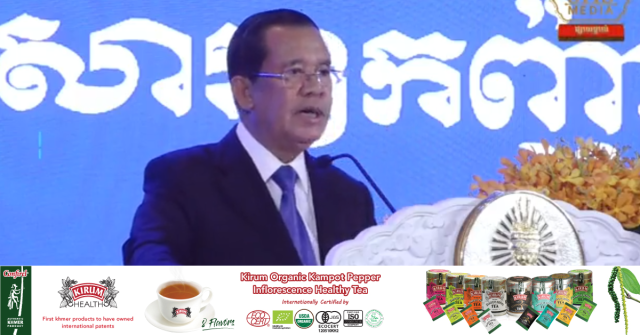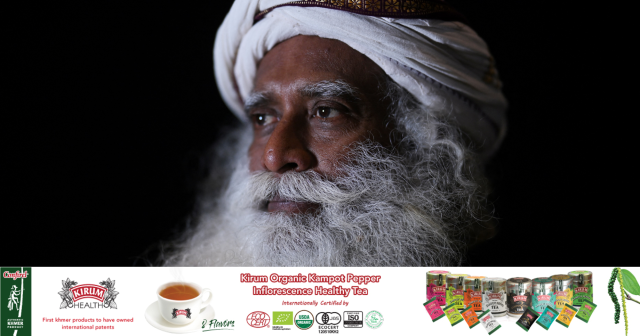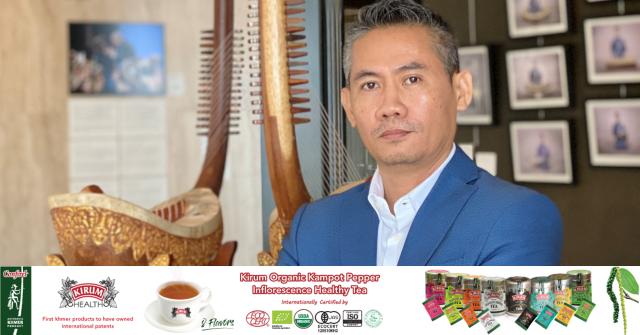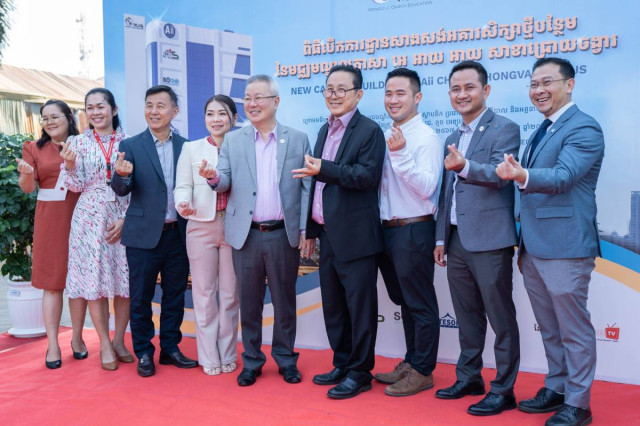ICC-Angkor Kicks Off with a Focus on Temple Conservation
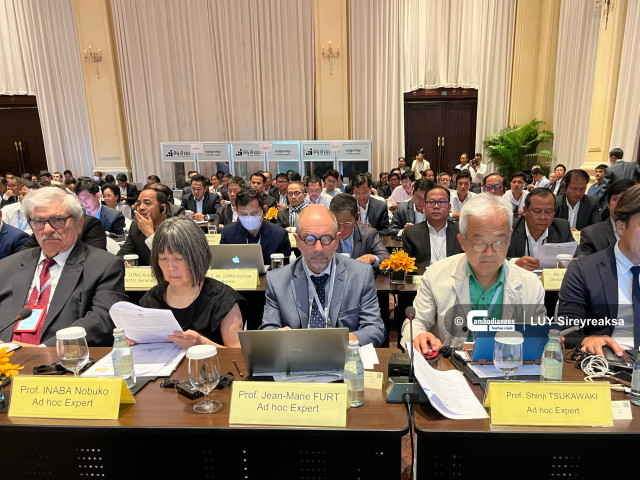
- By Teng Yalirozy
- and Ky Chamna
- June 12, 2023 7:25 PM
SIEM REAP – UNESCO lauds Cambodia for its continuous restoration and conservation effort of the centuries-old temple of Angkor as the country is convening the 37th Technical Session of International Coordination Committee meeting (ICC-Angkor) on June 12 and 13 in Siem Reap province.
Representatives of the international community also declared that they were continuing their joint efforts with the country to ensure the sustainability of its ancient urban complex.
Co-chaired by France and Japan, ICC-Angkor is a forum for the personnel of the APSARA Authority and partners of different skills to exchange views and provide experiences for the development of the historic site of Angkor.
UNCESO Representative to Cambodia Sardar Umar Alam said that he appreciated all partners of international and national communities as well as ad hoc experts for their commitment and contribution to ICC-Angkor/Sambor Prei Kuk as 2023 marks the 30th anniversary of the establishment of the ICC-Angkor.

“I commend the Royal Government for its constant and active role in the implementation of the 1972 World Heritage Convention and its continued support to the World Heritage program, in particular through ICC,” he said during the opening speech of the session on June 12.
Umar added that ICC is a model of international cooperation and that the new strategies defined by the group and international experts will be another step towards continuing the renovations in the next decade.
“UNESCO will continue to support the Royal Government of Cambodia and the APSARA National Authority in preserving this heritage,” he said. “As we all know it is a must to continue to provide opportunities for the communities living in Angkor, associating them to economic growth, for poverty reduction.”
Accelerating the conservation commitments
First Secretary of the Embassy of New Zealand to Cambodia Nathan Hollis revealed the new water management infrastructure project, worth $8 million, to help Cambodia control the water resources around the temple complex in Angkor Wat City for the next five years.
“New Zealand is renowned for its skill in water management in general,” he said. “It is something that we want to emphasize here and that we can give back to Cambodia.”
New Zealand has been working with the APSARA Authority for 20 years on water resources management to ensure that the local community and the temples can benefit from the project, Hollis said.
“The project is trying to restore some of the ancient infrastructure and use the same skill that was used a hundred years ago and make sure that the current restoration of the park is also true to the water management principles,” he said, adding that the main goal of the project is to ensure the ancient complex stay stable.
He said he is confident that this project is going to be effectively implemented as the partners are all competent.
“We think that such developments do not happen overnight. It is something that takes a very long time and we are here for the long term,” said Hollis.
Additional Director General of the Archaeological Survey of India Janhwij Sharma said the Indian and Cambodian technical teams have learned a lot from each other due to the similarities in traditions while working on the conservation together.

Throughout the experience of conserving the Ta-Prohm Temple, the Director General stressed that it was not only about the conservation of the temple’s structure, but it was also about preserving the trees that gave the temple its reputation.
“The unique challenge was in terms of the nature… Therefore, the challenge was to maintain that very fine balance between the building and the natural environment—which is easier said than done,” he said.
Janhwij pointed out that the conservation work of the temples is not a challenge for the team because Cambodia and India have similar architectures. The India Archaeological Survey also has thousands of monuments, of which there is a large number of temples that need conservation that the team has to work on a daily basis.
“Conservation can’t go on forever… However, we have to decide how much to conserve, but that also depends on a full range of factors,” he said.
Nevertheless, the work will be undertaken after a study on very comprehensive documentation and a lot of issues where specific studies are required and undertaken by the team.
Sardar Umar Alam of UNESCO stressed that the communities living close to any cultural site have the first claim to it. It is the duty of the government to uphold those rights while continuing to work with those communities to address their issues, such as by giving them opportunities to develop their skills and earn an income.
Meng Seavmey contributed to the story







